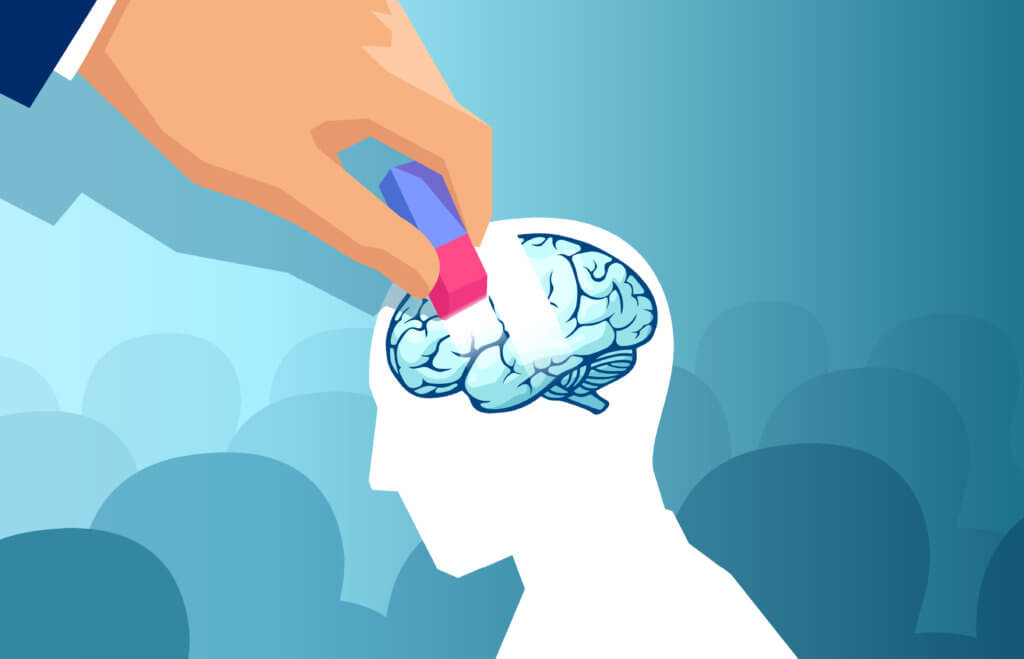CAMBRIDGE, United Kingdom — An inexpensive pill for treating HIV could potentially cure Alzheimer’s, according to new research. The drug maraviroc, marketed under the brand name Selzentry, clears rogue proteins in the brain, thereby preventing dangerous buildup and slowing the progression of the disease. The results are encouraging, since the U.S. Food and Drug Administration approved maraviroc for use in 2007. Researchers now hope that repurposing the medication could reverse memory loss in older people.
“We’re very excited about these findings because we’ve not only discovered a new mechanism of how our microglia hasten neurodegeneration, but we’ve also shown that this process can be interrupted, potentially even with an existing, safe treatment,” says senior author Professor David Rubinsztein from the UK Dementia Research Institute at Cambridge University.
Microglia, the specialist immune cells in the brain and central nervous system, are responsible for protecting against unwanted and toxic materials. In dementia, they become activated, but in a way that impairs the process of autophagy, through which cells degrade and recycle their components.
In lab rodents, the researchers demonstrated that during neurodegeneration, microglia release a suite of molecules that trigger a genetic switch called CCR5. This leads to the accumulation of a chemical called tau in clumps, ultimately destroying brain cells.
“The microglia begin releasing these chemicals long before any physical signs of the disease are apparent. This suggests—much as we expected—that if we’re going to find effective treatments for diseases such as Huntington’s and dementia, these treatments will need to begin before an individual begins showing symptoms,” Prof. Rubinsztein explains in a media release.

The team tested mice genetically altered to develop forms of dementia characterized by tau buildup. When they knocked out CCR5 activity, the animals were protected, unlike the controls. The CCR5 gene is also used by HIV as a “doorway” into our cells and is inhibited by maraviroc, which prevents the virus from replicating.
Approximately 90 percent of patients have the strain that the drug can suppress. The researchers administered the drug to the mice for four weeks, starting when the mice were two months-old. Upon examining their brains, they observed a significant reduction in the number of toxic proteins compared to untreated peers.
The same effect was observed in mice with dementia and Huntington’s disease, a cognitive disorder that can lead to dementia. The drug not only reduced tau aggregates compared to untreated mice but also slowed down the loss of brain cells. Treated mice performed better in an object recognition test, suggesting that the drug slowed down memory loss, as reported in the journal Neuron.
“Maraviroc may not itself turn out to be the magic bullet, but it shows a possible way forward. During the development of this drug as an HIV treatment, several other candidates failed along the way because they were not effective against HIV. We may find that one of these works effectively in humans to prevent neurodegenerative diseases,” Prof. Rubinsztein concludes.
The number of dementia cases worldwide will triple to more than 150 million by 2050, according to estimates.
South West News Service writer Mark Waghorn contributed to this report.


Hurry it up.